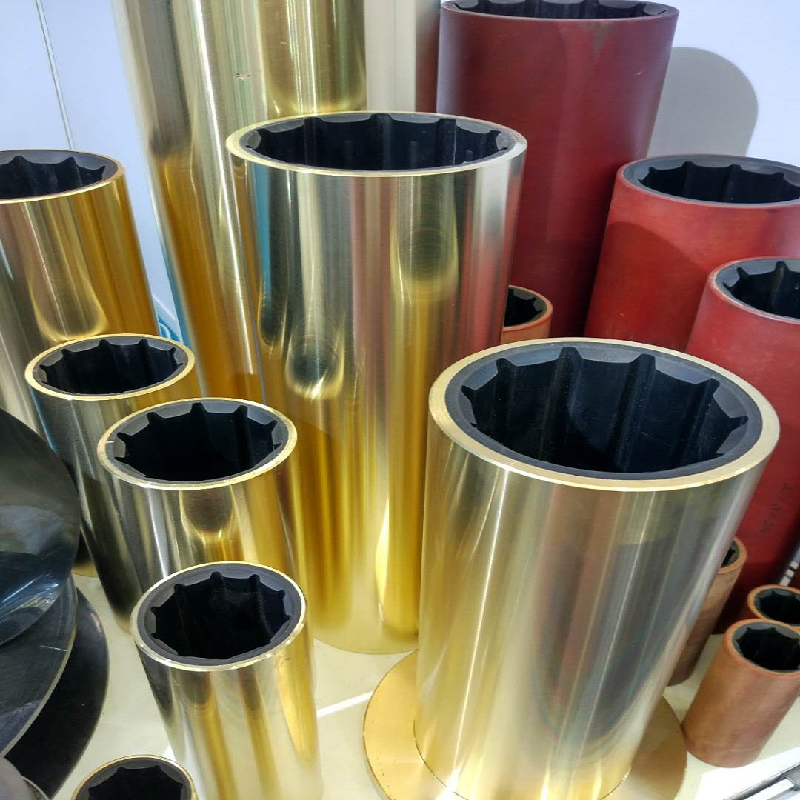differential cover seal
Understanding Differential Cover Seal Importance and Maintenance
The differential cover seal is a crucial component in the automotive world, particularly when it comes to the functionality of a vehicle's differential system. The differential is responsible for transferring power from the engine to the wheels, allowing them to rotate at different speeds, which is especially important when turning. This complex system ensures that the vehicle maintains traction and stability, enhancing the overall driving experience.
The differential cover seal is located where the differential housing meets the cover plate. Its primary function is to prevent gear oil from leaking out of the differential, thus ensuring the internal components remain properly lubricated. Effective lubrication is vital as it reduces friction between gears, prevents overheating, and ultimately prolongs the life of the differential.
Over time, the differential cover seal can wear down due to heat, pressure, and exposure to various environmental factors. Signs of a failing seal often include oil spots under the vehicle, a noticeable decrease in differential fluid levels, and, in more severe cases, the presence of unusual sounds coming from the differential area. Addressing these signs early is crucial to prevent significant damage to the differential and avoid costly repairs.
Importance of Maintenance
Regular maintenance of the differential and its associated components, including the cover seal, is essential for vehicle longevity. It is recommended that vehicle owners have their differential fluid checked regularly and replaced according to the manufacturer’s guidelines. This practice not only ensures the optimal performance of the vehicle but also allows for the identification of any potential issues before they escalate.
differential cover seal

In addition to regular fluid checks, inspecting the differential cover seal should be part of routine maintenance. If any signs of wear or damage are present, it is advisable to replace the seal promptly. This procedure typically involves draining the differential fluid, removing the differential cover, replacing the seal, cleaning the mating surfaces, and reassembling the differential. Such a task can be performed by a professional mechanic or a skilled DIY enthusiast with the right tools and knowledge.
Choosing the Right Seal
When it comes to replacing a differential cover seal, choosing the right seal is critical. Various materials are used in manufacturing these seals, with rubber and silicone being the most common. Rubber seals are generally less expensive but may not last as long as silicone seals, which tend to provide a more robust barrier against leaks. It is essential to select a seal that meets the specifications outlined by the vehicle manufacturer to ensure proper fit and function.
Conclusion
In summary, the differential cover seal plays a vital role in the proper functioning of a vehicle’s differential system. By preventing oil leaks, it ensures that the differential gears remain adequately lubricated, promoting longevity and operational efficiency. Regular maintenance, including checking and replacing the differential cover seal as necessary, is essential for optimal vehicle performance. Vehicle owners should remain vigilant for any signs of seal failure and act promptly to address any issues, thereby ensuring a safe and smooth driving experience. Taking the time to understand and maintain this crucial component can save drivers from expensive repairs and enhance their vehicle's lifespan.
-
Simplifying Oil Changes: A Comprehensive Guide to Oil Drain Plugs and Their Variants
News Aug.04,2025
-
Mastering Oil Drain Maintenance: Solutions for Stripped, Worn, and Upgraded Oil Plugs
News Aug.04,2025
-
Fixing Oil Pan Plug Issues: Leaks, Stripped Nuts, and the Right Replacement Solutions
News Aug.04,2025
-
Everything You Need to Know About Oil Drain Plugs: Sizes, Fixes, and Upgrades
News Aug.04,2025
-
Choosing the Right Oil Drain Plug: A Guide to Sizes, Materials, and Drain Innovations
News Aug.04,2025
-
A Complete Guide to Automotive Drain Plugs: Types, Problems, and Innovative Solutions
News Aug.04,2025
-
The Ultimate Guide to Car Repair Kits: Tools and Essentials Every Driver Should Own
News Aug.01,2025
Products categories















